
Achondroplastic dwarfism is a condition manifesting through short built, with short extremities and a prominently large head with a big forehead. Also, the nose of people suffering from this type of dwarfism tends to have a flattened bridge.
Causes of Achondroplastic Dwarfism
This type of dwarfism is related to the bones and their inadequate growth even though the name itself suggests that cartilage formation is the issue here. Basically, achondroplastic dwarfism affects a person through inability of the organism to convert cartilage into bones, especially in the arms and the legs.
In a vast majority of cases, people suffering from this condition have average-sized parents. However, a genetic disorder leads to the onset of this problem in a child. The scientists are still working on finding the reasons behind the genetic mutation triggering this type of dwarfism. The parents carry the gene, especially if one of them is already suffering from dwarfism. Interestingly, if only one parent has the faulty gene, changes of having a child with this dwarfism are 50%, while having both parents suffering from achondroplastic dwarfism results in only 25% chance. Moreover, 80% cases of this dwarfism take place due to a new mutation initially appearing in the newborn. The troublesome gene makes a certain protein overly active, leading to bone formation inhibition.
Other Side-Effects of Dwarfism
Dwarfism usually goes hand in hand with apnea, frequent ear infections, excessive body weight, muscles weakness and dental problems like teeth crowding. As far as body shape issues, this dwarfism manifests through back pain, bowed legs and sway of the lower back.
Treatment for Achondroplastic Dwarfism
This type of dwarfism is not yet treatable. Nevertheless, its symptoms can be dealt with, reducing the complications that this condition may cause.
This condition affects 1 in every 15,000 to 40,000 births. In up to 5% of cases, the newborns with this condition do not manage to survive the first year of their life. Fortunately, these occurrences are rare and most people with dwarfism live normal lives being productive, creative and intelligent.
Achondroplastic dwarfism has many other names which medical staff or other people may use. Some of the synonyms are ACH, congenital osteosclerosis, chondrodystrophia fetalis and chondrodystrophy syndrome.
As it was mentioned above, people with this type of dwarfism have great chances of being capable of living lives normally. The world is still full of prejudice towards people with dwarfism and these individuals give their best to prove their worthiness, doing great and prospering on many aspects of life.


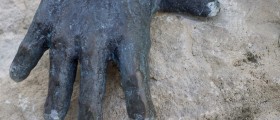
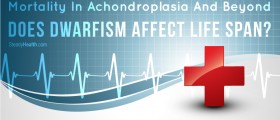





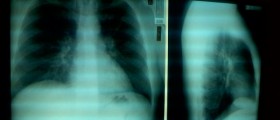


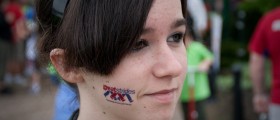


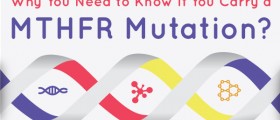

Your thoughts on this
Loading...